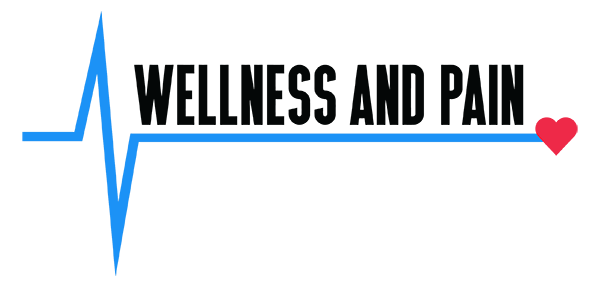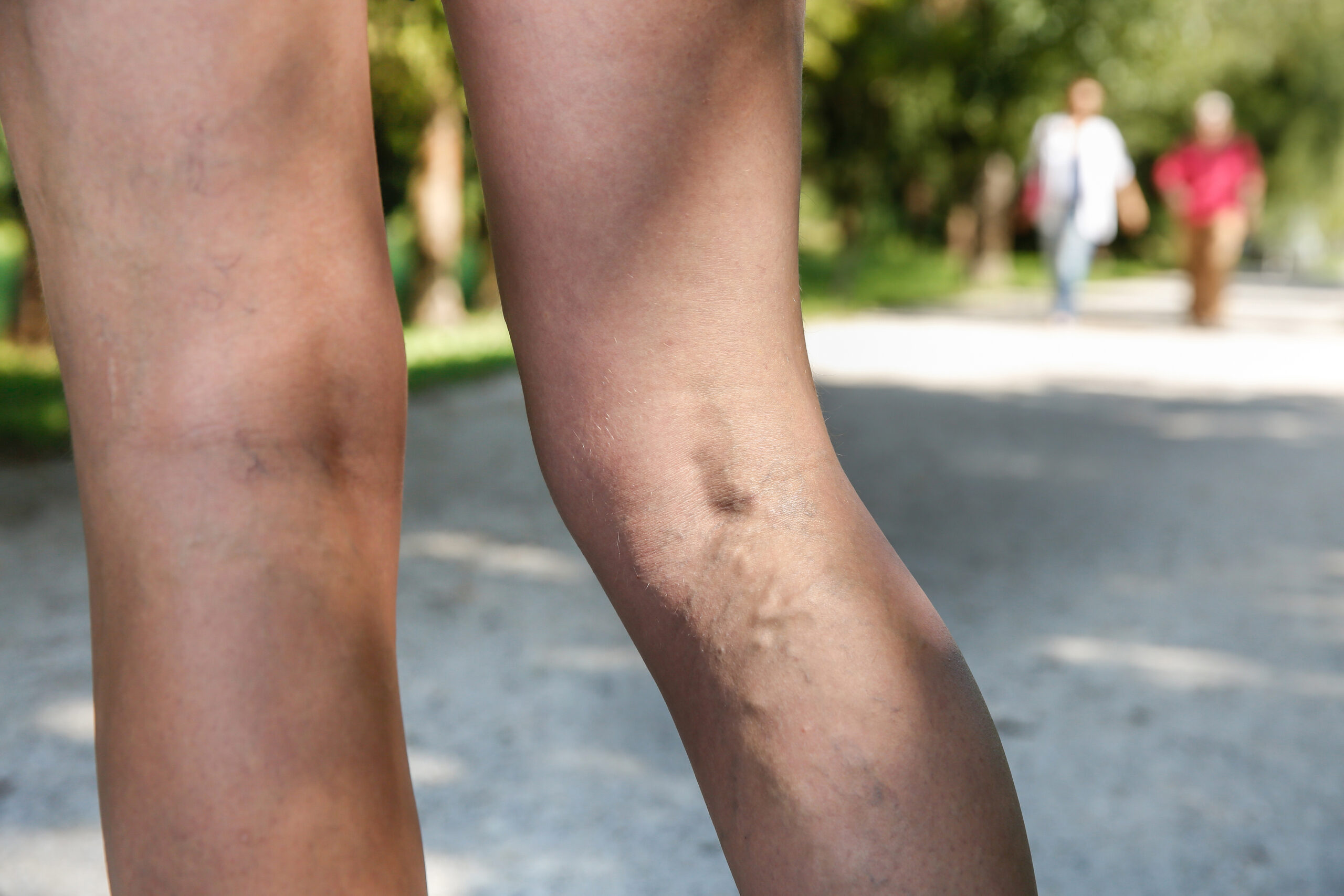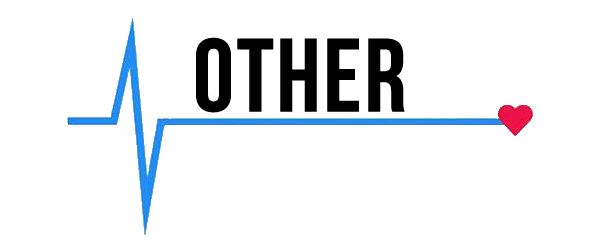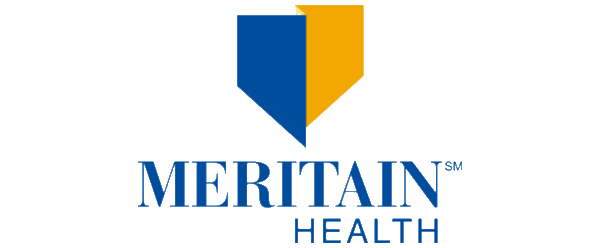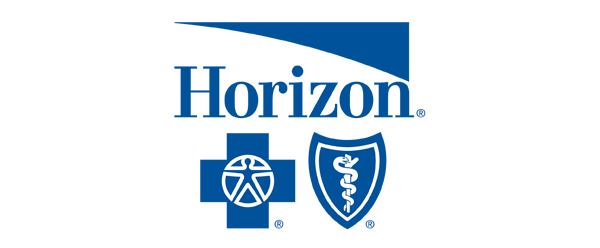A pain management specialist is a doctor for circulation issues who plays an integral role in blood vein treatment, working with other experts.
In fact, today’s collaborative ecosystem ensures the most thorough treatment for patients suffering from venous pain in their arms and legs. Vascular surgeons and interventional specialists bring specialized knowledge in pain control techniques to complement their procedures.
Additionally, venous pain management specialists focus on treating aches, tenderness, and the burning sensations stemming from vein disorders. Their expertise includes:
- Diagnosing and treating pain caused by conditions like venous insufficiency.
- Employing interventional pain management techniques for vein-related pain.
- Prescribing medications and other therapies for chronic venous pain management.
- Collaborating with other vein specialists for a comprehensive approach.
Compared to other medical experts, pain management specialists and circulation doctors are specialized in a wide range of all-inclusive pain control methods.
A Doctor for Circulation Issues Uses Mapping Ultrasounds
A venous mapping ultrasound is a non-invasive diagnostic procedure that a doctor for circulation issues uses to assess your veins. It utilizes sound waves to create a detailed map of your veins, revealing their size, depth, and blood flow.
The data and information it relays from your arms and legs is essential for proper treatment that targets vascular conditions. These include a variety of venous insufficiency conditions, Deep Vein Thrombosis, dialysis access, or even vein harvesting.
Venous mapping ultrasounds are painless and take about 30 to 90 minutes. You’ll lie on an exam table, and a technician will move an ultrasound probe along the area being examined after applying some gel to your skin. The images generated are displayed on a computer screen in real-time.
The procedure typically focuses on superficial veins, which are close to the skin’s surface, and deep veins as well. For leg mapping, the examination extends from your groin to your ankle. Usually, no special preparation is required, as you’ll only need to wear comfortable clothing that allows easy access.
“There are no harmful side effects of vein mapping,” according to Cleveland Clinic. “This imaging test is noninvasive and painless, so there are no needles, dyes, anesthesia or incisions. Ultrasound does not use radiation like some other imaging tests.”
What are the benefits of venous ultrasound mapping? Besides being painless, it provides detailed information about vein structure and function. It helps in accurately diagnosing a range of venous conditions. Overall, it’s an effective way to visualize your entire venous system, making it a valuable tool for vascular specialists.
“Arterial and venous mapping is a painless, noninvasive way to get images of your blood vessels and assess your blood flow,” Cleveland Clinic adds. “The test doesn’t require special prep or downtime afterward.”
What a Vein Mapping Diagnostic Can Diagnose and Accomplish
Any doctor for circulation issues will advise that a vein mapping ultrasound is a versatile diagnostic tool capable of diagnosing several vein-related conditions. These include:
- Venous insufficiency. It identifies malfunctioning valves causing blood to flow backward.
- Deep Vein Thrombosis or DVT. It detects blood clots in deep veins.
- Varicose Veins. It visualizes enlarged, twisted veins near the skin’s surface and deeper.
- Peripheral Artery Disease or PAD. While primarily for veins, it can help diagnose artery blockages.
- Vein suitability. It assesses vein size and condition for procedures like dialysis or bypass surgery.
- Chronic Venous Disease or CVD. It evaluates the progression and severity of chronic venous disorders.
- Venous reflux. It identifies areas of backflow in veins.
- Vein obstructions. It detects areas where veins are compressed or blocked.
- Post-Thrombotic Syndrome. It assesses vein damage after suffering from DVT.
A vein mapping ultrasound is also highly accurate:
- It exhibits high sensitivity and specificity. It’s excellent at detecting venous reflux and thrombosis conditions.
- It’s accurately detects blood clots. It pinpoints the location, size, and extent of clotting in both deep and surface veins.
- It also detects blockages. It visualizes areas where blood flow is impeded.
- It provides reproducible results. Thankfully, there’s low variability between different technicians performing the exam.
- It gives real-time visualization. It shows blood flow in real-time, providing dynamic information about vein function immediately.
- It’s the gold standard. It’s considered the top non-invasive method for diagnosing many venous disorders because of its high accuracy.
- It detects subtle abnormalities. It can find issues not apparent through physical examination alone.
While no test is perfect, a vein mapping ultrasound stands out as one of the most precise, non-invasive methods for diagnosing blood vessel blockages and other conditions. Its ability to provide exhaustive anatomical and functional data makes it a fundamental diagnostic tool.
Any Doctor for Circulation Issues Will Integrate Technological Advancements
Advancements in ultrasound imaging have revolutionized how any doctor for circulation issues diagnoses and treats vascular conditions. Detailed and accurate high-resolution ultrasound vein mapping with 3D and 4D imaging has been developed for enhanced visualization of blockages and abnormalities.
In particular, the potential of tomographic 3D ultrasound imaging to revolutionize vascular surgery has been thoroughly explored over the past few years. Tomographic 3D ultrasound offers advantages over traditional 2D ultrasound, including improved visualization of complex vascular anatomy, real-time 3D imaging, and the ability to measure blood flow and vessel wall thickness. These features make it a valuable tool for planning and guiding vascular interventions, improving patient outcomes.
“Notwithstanding these restrictions to its use, Rogers believes the minimally-invasive, 3D mapping technique ‘may well be a go-to test in the future arsenal for vascular physicians’,” according to one expert quoted in Vascular News. “Although, ‘there is still a long way to go’.”
Recent developments within this technology include:
- Artificial intelligence integration. AI algorithms are being developed to analyze vein mapping images, improving diagnostic accuracy and efficiency by detecting potential blockages.
- Photoacoustic imaging. This emerging technology combines light and sound to create detailed images of blood vessels without contrast agents.
- Wearable ultrasound devices. Continuous monitoring of blood flow for real-time vein mapping and early blockage detection is becoming increasingly important.
- Augmented reality vein visualization. Vein maps projected onto a patient’s skin in real-time can be helpful, aiding procedures and improving accuracy.
- Multimodal imaging. Combining ultrasounds with MRI or CT scans for more comprehensive vein maps and better blockage detection is increasingly popular.
- Portable vein mapping devices. Advanced handheld devices enable point-of-care vein mapping in various settings.
These advancements are enhancing the accuracy and accessibility of vein mapping, benefiting patients with difficult cases. They also minimize procedure times and deliver a comfortable experience.
A Host of Medical Experts for Various Vein Conditions
A variety of medical specialists focus on the venous system, with each doctor for circulation issues having his or her specialized expertise:
- Vascular surgeons: These are the primary experts on venous insufficiency, with extensive training in diagnosing and treating all vascular diseases. This includes complex surgeries, managing Chronic Venous Insufficiency, Varicose Veins, and Deep Vein Thrombosis.
- Phlebologists: These doctors specialize in vein disorders. They diagnose and treat conditions like Chronic Venous Insufficiency, performing minimally invasive procedures. They also manage varicose and spider veins, leg ulcers, and Restless Leg Syndrome related to vein issues.
- Interventional radiologists: These specialists use imaging techniques to guide minimally invasive vein treatments like Endovenous Ablation and Sclerotherapy. They also use ultrasound and other imaging technologies to diagnosis and treat Deep Vein Thrombosis.
- Cardiologists: While primarily focused on the heart, some cardiologists also treat venous disorders, managing venous insufficiency that overlaps with cardiovascular issues. Cardiologists also perform diagnostic tests and treat Deep Vein Thrombosis that affects your heart.
Above all, it’s important to choose a certified pain management specialist or other doctor who is experienced in vein disorders. While some health care professionals may seem more specialized than others, the best choice depends on your specific condition and severity.
Your Doctor for Circulation Issues: The Expert on Venous Diseases
Chronic Venous Insufficiency, Deep Vein Thrombosis, and Varicose Veins are all vascular diseases that are unhealthy for your veins, according to any certified doctor for circulation issues. In fact, these conditions are interrelated:
- Chronic Venous Insufficiency or CVI: This occurs when leg veins struggle to return blood to your heart due to weakened walls and damaged valves, leading to blood pooling. Symptoms include swelling, pain, skin changes, and ulcers, and risk factors are your age, obesity, pregnancy, and prolonged standing and sitting. Treatment ranges from compression stockings to procedures like Sclerotherapy or vein ablation.
- Deep Vein Thrombosis or DVT: This is a serious condition with blood clots in deep-leg veins, sometimes leading to Post-Thrombotic Syndrome, a form of CVI. Symptoms include leg pain, swelling and warmth, and risks come from immobility, surgery, certain medical conditions, and genetics. Treatment involves anticoagulants to prevent blood-clotting from growing, as well as minimize your risk of a Pulmonary Embolism.
- Varicose Veins: These are enlarged, twisted veins visible under your skin, often a sign of underlying venous insufficiency. Affecting about one in three adults over their lives, Varicose Veins cause aching and heaviness. Treatment includes conservative measures, Sclerotherapy, or sometimes surgical removal.
“Although a staggering number of people are affected by DVT and proceed to develop long-term symptoms, many are not promptly identified for treatment,” states a report in Endovascular Today. “Instead, they often become lost in the health care system due to the lack of effective treatment options or the absence of an established referral pathway.”
Early diagnosis of venous conditions is key to preventing them from getting worse and causing complications. The best treatment usually involves a combination of lifestyle changes, compression therapy, and non-invasive medical procedures by a pain management specialist.
Wellness and Pain
Meet your personalized doctor for circulation issues by visiting Wellness and Pain. We offer conservative treatments, routine visits, and minimally invasive quick-recovery procedures. We can keep you free of problems by providing lifestyle education and home care advice.
This enables you to avoid and manage issues, quickly relieving your inhibiting lifestyle conditions when complications arise. We personalize patient care plans based on each patient’s condition and unique circumstances. Wellness and Pain can help improve wellness, increase mobility, relieve pain, and enhance your mental space and overall health.
